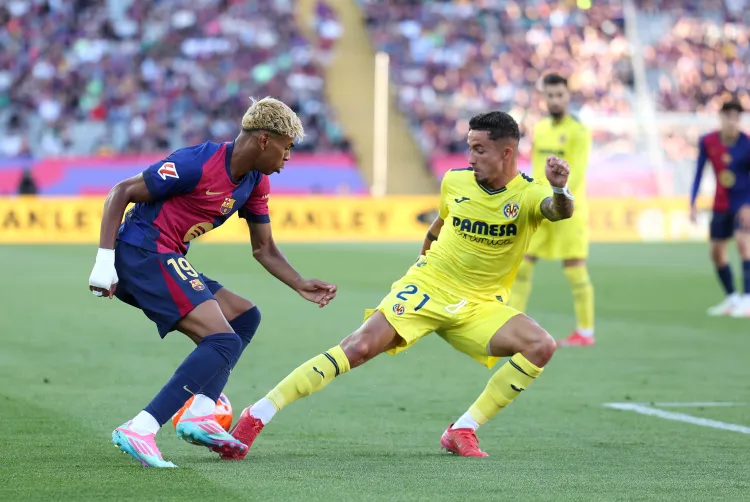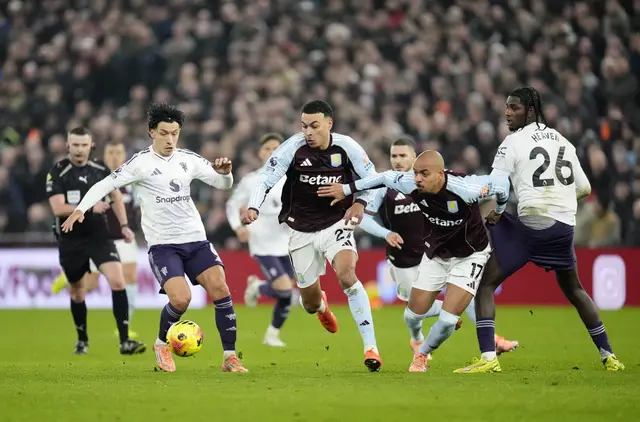Serie A predictions no longer come only from pundits and intuition – they increasingly come from models, tracking feeds and injury-risk platforms.
Over the past decade, Italy’s biggest clubs have layered advanced scouting databases, player-tracking and machine-learning pipelines on top of traditional coaching judgment.
The result is smarter recruitment, tailored training loads, tactical preparation tuned to opponents’ weaknesses, and measurable gains in availability and value for money.
What Does “Data” Mean in Modern Serie A?
When clubs say “we use data”, they mean several concrete systems working together: event-data (passes, shots, xG), tracking data (player coordinates and speed every fraction of a second), wearable/GPS loads, medical records and external scouting databases.
Clubs ingest these feeds into analytics platforms (Wyscout, Opta/StatsPerform, StatsBomb, SciSports and bespoke tools), then build dashboards and models that answer tight operational questions: who fits our style, who is injury-risky after a flight schedule, how to tweak training to preserve sharpness before cup fixtures.
Industry surveys and club case studies show these are the dominant toolset across Europe, and Serie A clubs are no exception.
Recruitment: Buying the Right Player, Not the Fanciest Name
Top clubs have shifted from scouting by eye to scouting by criteria. Data lets recruitment teams define profiles – not just “left winger” – but “left winger who creates at least 0.25 xGChain per 90 from wide positions while pressing >3 successful pressures per 90,” and then surface affordable candidates worldwide.
Atalanta’s transformation from modest Serie A side to consistent European contender is a high-visibility example: their recruitment blends statistical profiling with tactical fit, delivering high output per euro spent and enabling sustained Champions League qualification. That recruitment discipline is widely credited with Atalanta’s rise.
Winning Serie A often comes down to having your best eleven available. Napoli and other clubs use third-party AI platforms to spot injury risk and optimise workloads. Napoli extended a collaboration with Zone7 to use workload and context data to predict and reduce injury risk – a measurable sports-science step that protects long seasons and congested calendars.
These platforms analyse GPS load, sleep/travel, historic injury markers and training metrics to flag hidden accumulation of risk. For clubs with smaller squads, reducing one avoidable injury per season can be decisive.
Tactical Prep: Opponent Models & in-match Adjustments
Coaches want to know opponent tendencies at the frame-by-frame level: which midfielder drifts into half-spaces, which full-back vacates the channel in possession, and what kinds of transitions produce high-quality shots.
Analysts build opponent models from tracking and event data and deliver concise, visual briefs to coaching staff. Clubs also use xG streamlines and shot-map clustering to shape pressing triggers and off-ball blocking plans.
AC Milan’s data scouting staff regularly present such analytics to the coaching team; data scouts and analysts now sit beside coaches in preparation meetings rather than in separate offices.
Valuation Models and Resale Strategies
A growing part of Serie A analytics is financial: clubs now run projection models that estimate a player’s future market value based on age, minutes, underlying metrics (progressive carries, shot quality), and injury history.
These projections inform whether a signing is a long-term investment or a short-term stopgap. Clubs with tight budgets – Atalanta again being a model – monetise this by developing players and selling them at a profit, using data to identify buy-low, develop-high opportunities.
Club analytics and public predictive models are converging. Betting markets absorb the same xG and tracking signals that clubs use, which is why Serie A predictions have become more data-driven in the public domain.
For readers wanting to compare model outputs, platforms such as Eagle Predict aggregate forecasts and let you benchmark different prediction algorithms against reality – a useful cross-check of where public models agree or diverge from club-grade analysis.
Practical Impacts – Three Concrete Takeaways
All the investment in analytics isn’t just happening behind the scenes – it’s already shaping how top Serie A clubs operate week to week. From the transfer market to training sessions and tactical prep, the effects are visible on and off the pitch.
- Fewer random signings, more tactical fits. Clubs use multi-dimensional filters (playing style, physical profile, risk) to target recruits, reducing the waste of mismatched signings.
- Higher availability through predictive medicine. Injury-risk platforms let medical teams intervene early; even small reductions in soft-tissue injuries translate to points across a season.
- Faster match prep and in-game decision support. Analysts turn tracking feeds into tailored plans and substitution windows; coaches increasingly trust analytics for precise tactical nudges.
What to Watch Next
Expect three short-term developments in Serie A analytics: wider adoption of multi-club benchmarking to spot market inefficiencies; more advanced causal models for injury and form; and deeper integration of fan/ business data with sporting analytics to link on-pitch performance and commercial outcomes.
For tipsters and analysts, comparing different model outputs and testing them against actual match outcomes will keep Serie A predictions honest and useful.






